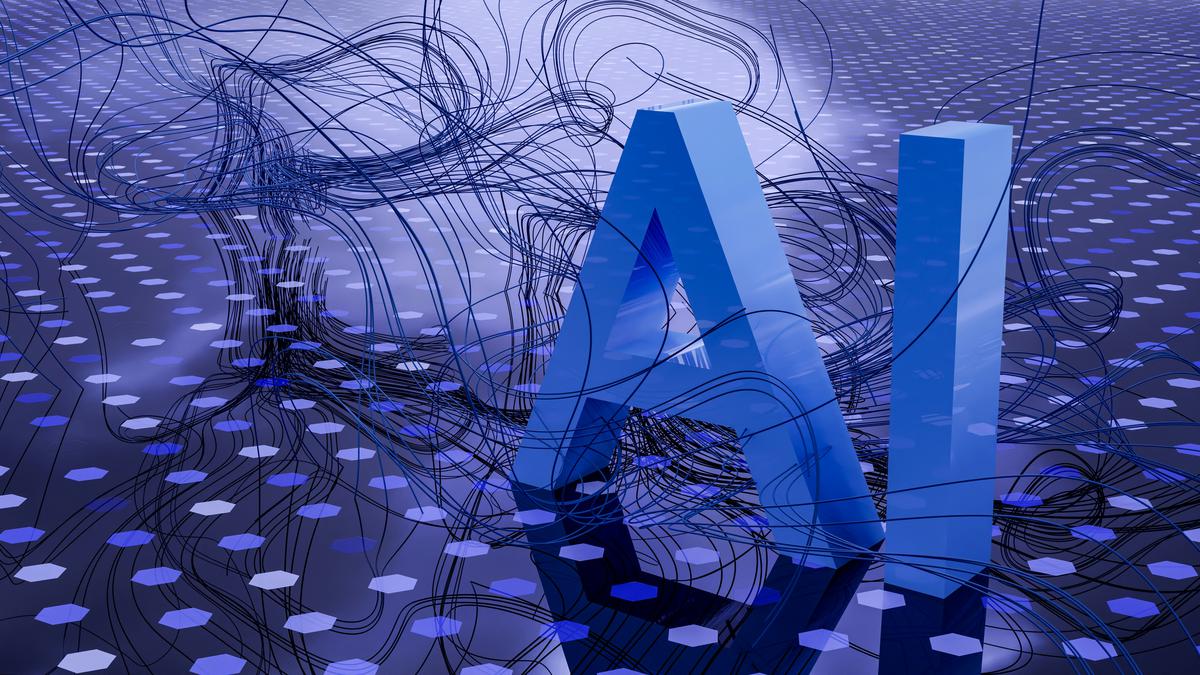Artificial intelligence (AI) is intelligence in a machine, allowing it to apply knowledge to solve problems. There is no one definition of AI, but it can be understood as a combination of machine and software. To comprehend AI better, let’s consider an example problem called linear separability. In this task, a machine plots points on a graph and finds a way to draw a straight line that divides the points into two distinct groups. This simple example illustrates the materiality of AI as a machine-software combination.
However, AI becomes more complex when faced with abstract problems like differentiating between a cat and a dog. Imagine providing a machine with 1,000 pictures of cats and 1,000 pictures of dogs and asking it to separate them. The machine can use various features such as face shape, eye shape, paw shape, body size, tongue size, and fur colors to classify the pictures. With enough computing power, the machine can plot these features on a graph to separate the pictures into two groups predominantly representing cats and dogs.
Decision-making in AI can range from easy to mind-boggling. Simple problems like classifying marbles require just one dimension or parameter, while more complex problems like determining whether a driverless car should apply the brake based on the speed of a bird flying in front of it require numerous parameters. Context also plays a role in decision-making, such as considering urgency or the potential consequences of a decision.
One popular AI model called ChatGPT demonstrates its ability to understand and respond to user input. Rather than classifying words, ChatGPT generates text responses based on its training on billions of word sequences from the internet. Its training involves predicting the next word in a sentence, allowing it to learn about the real world while improving its text prediction capabilities. ChatGPT’s success is attributed to its more than 100 billion parameters.
Machine learning, a subset of AI, encompasses various algorithms for solving problems. Linear separability is a simple algorithm, while supervised learning, unsupervised learning, and reinforcement learning are common ways machines can learn. Supervised learning involves labelled data, unsupervised learning relies on the machine to organize and solve problems without labels, and reinforcement learning uses rewards to adjust the machine’s output.
Artificial neural networks (ANNs) play a significant role in how information flows within machines. ANNs consist of computing units called nodes that simulate neurons, and the connections between nodes simulate synapses. Two crucial components of ANNs are activation functions and weights. Activation functions compute outputs based on inputs from other nodes, while weights determine the importance of these inputs in a particular context.
Transformers, a specialized type of ANN, have revolutionized machine learning by allowing parallel training. They consist of an encoder and a decoder and are known for their ability to pay attention to different parts of input data, leading to better performance. Transformers have greatly improved translation tasks and can process long, complicated sentences.
GPUs, or graphics processing units, are physical processors that run ANNs. Initially designed for rendering graphics in video games, GPUs excel at parallel computing tasks, making them ideal for training ANNs. Nvidia, a prominent technology company, provides GPUs that are widely used in AI model development. However, Nvidia’s dominance has led to resistance, with competitors seeking alternative hardware, researchers building smaller learning models, and developers creating software independent of specific hardware.
In conclusion, AI and machine learning are complex concepts, but understanding their foundations, such as neural networks and transformers, can provide insights into their functionalities. Additionally, GPUs have played a crucial role in advancing AI development, though efforts are being made to diversify hardware options and reduce dependencies on specific technologies.











